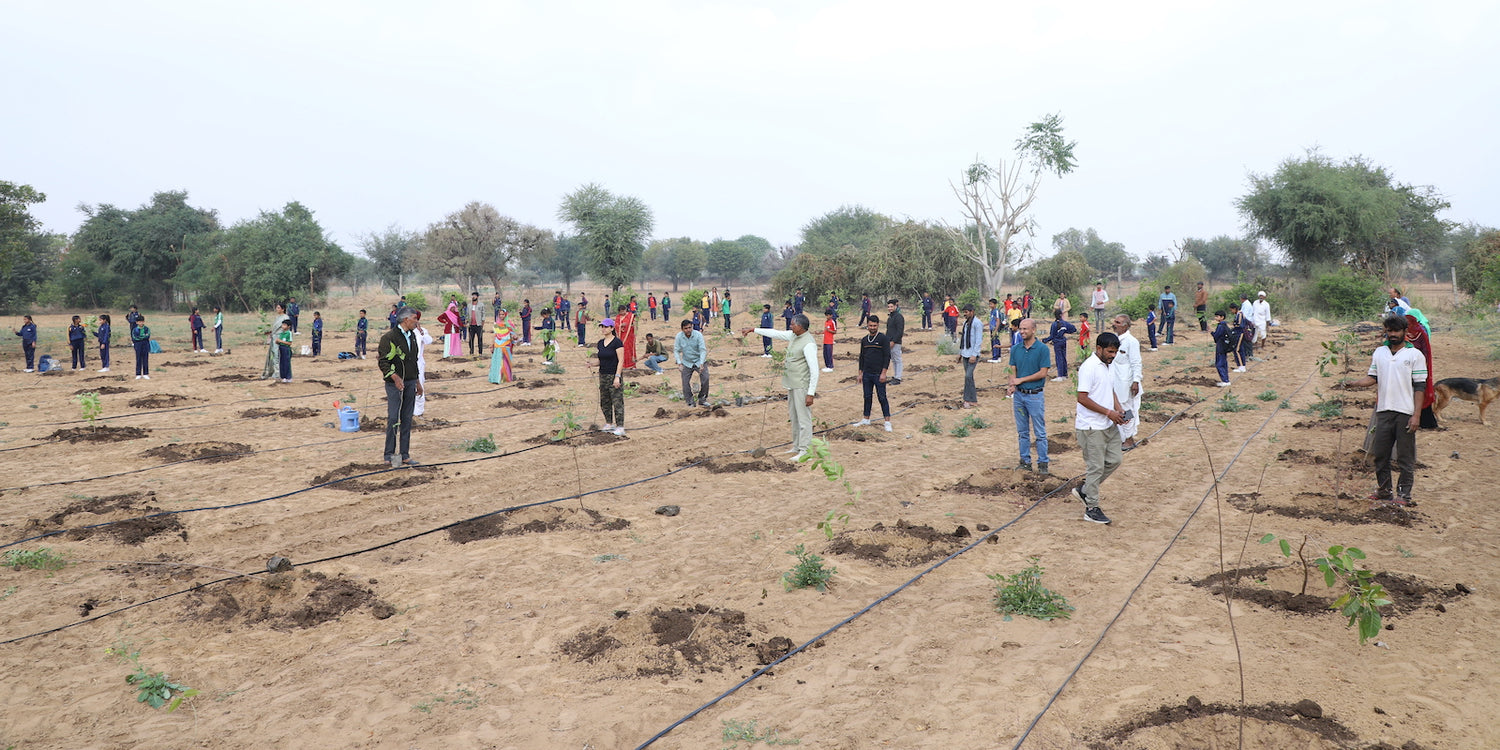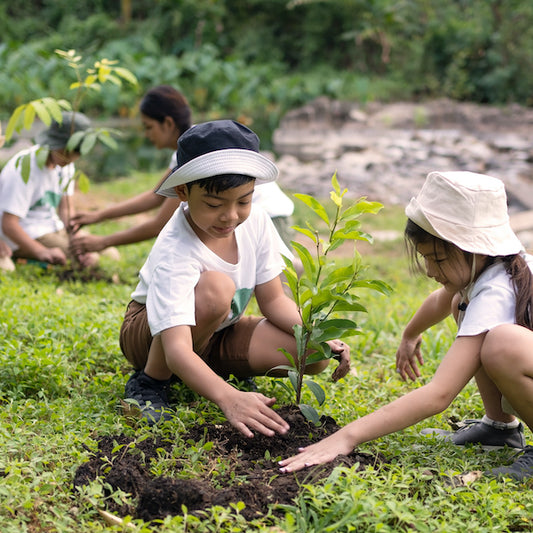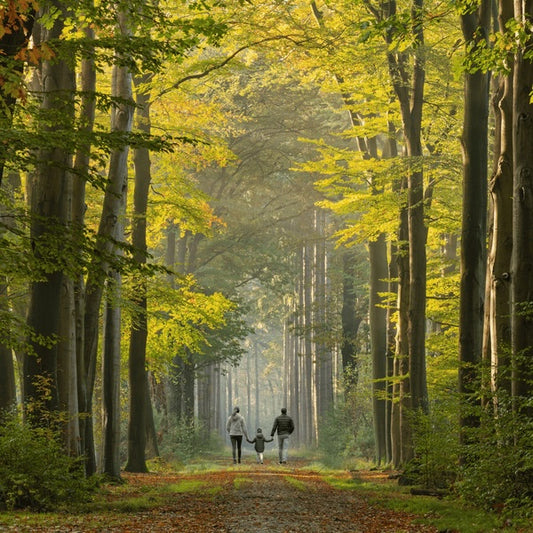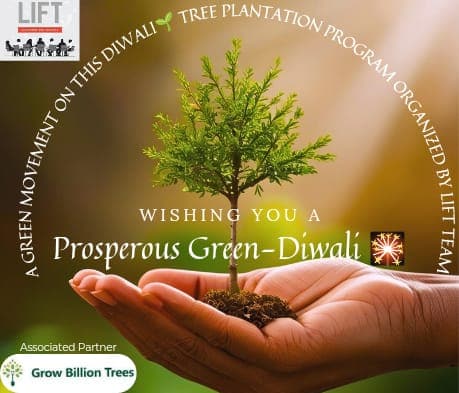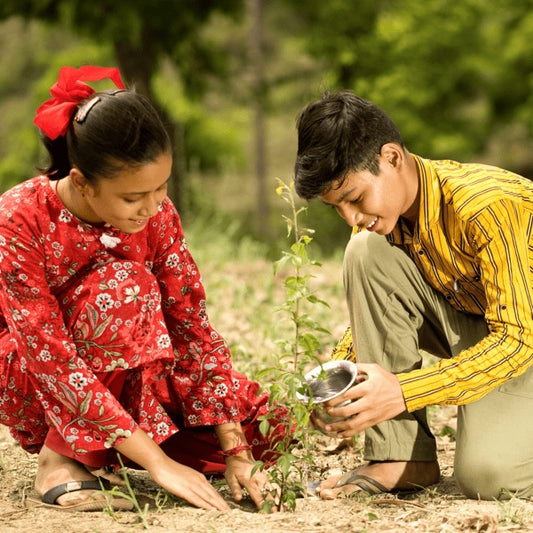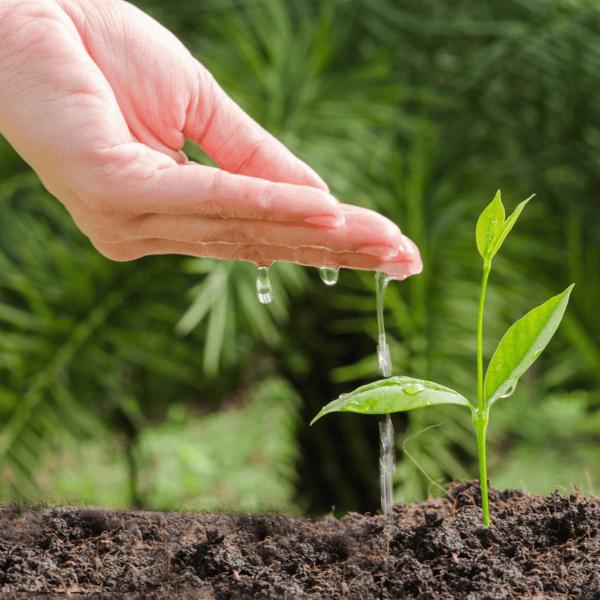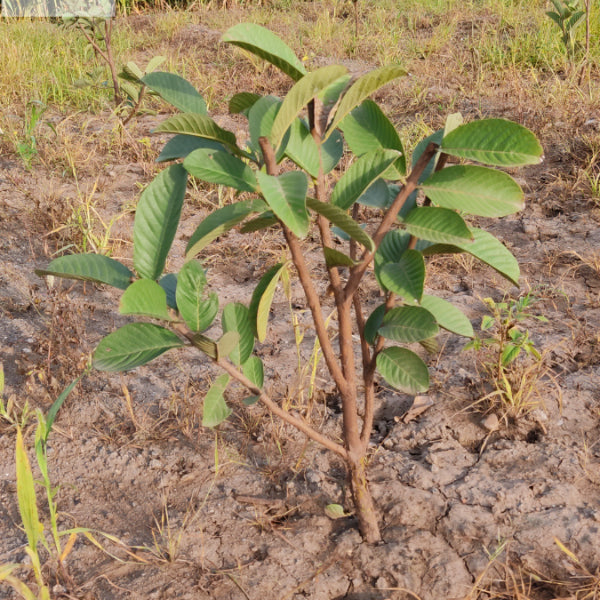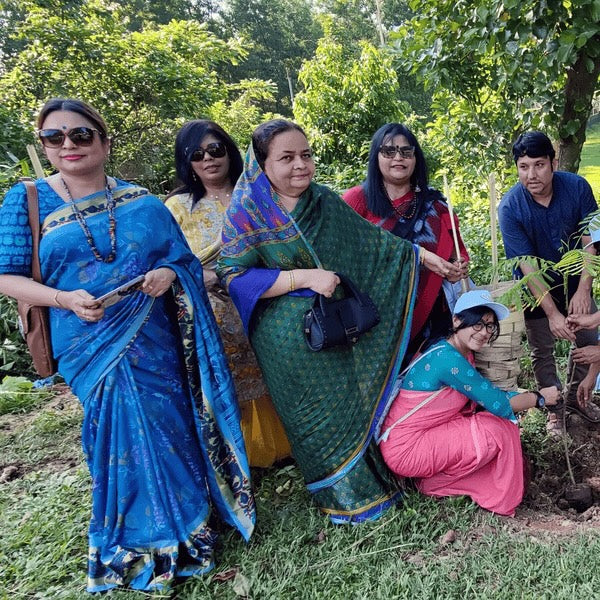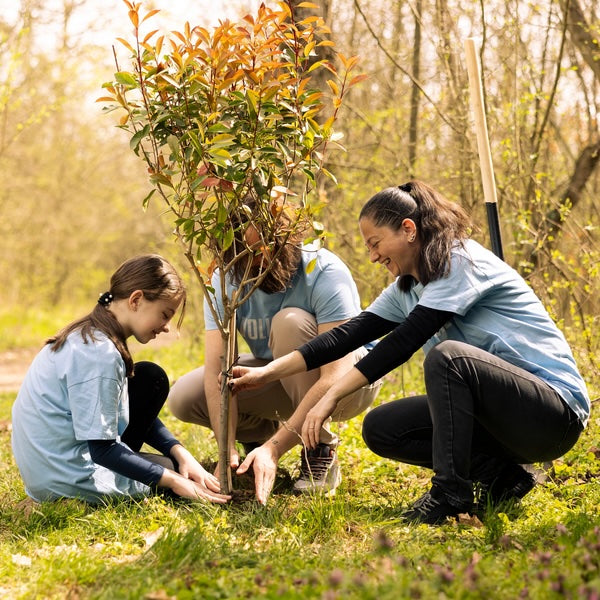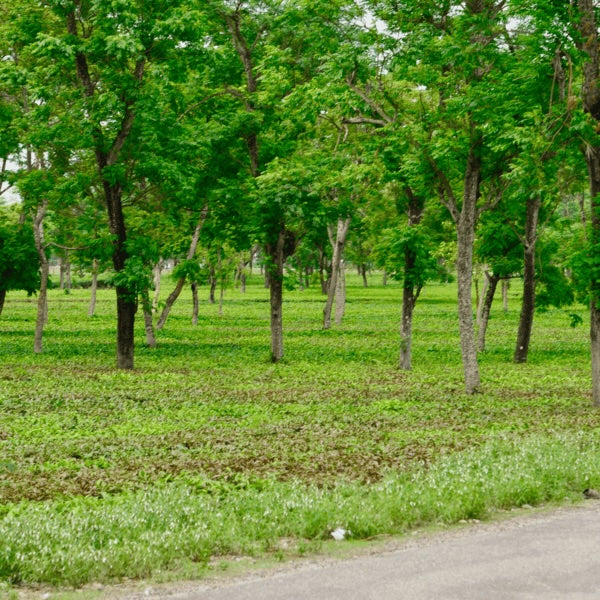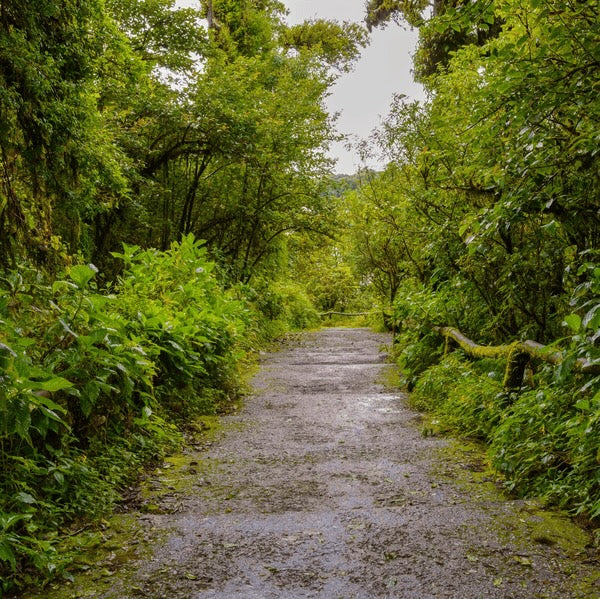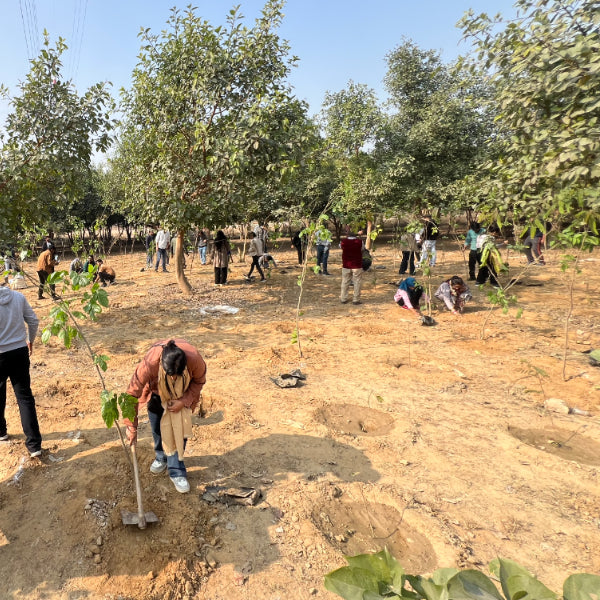Bamboo Agroforestry, Northeast India: A Bamboo Boom for Livelihoods
Bamboo agroforestry is emerging as a transformative solution for livelihoods in Northeast India. This region, rich in biodiversity, is witnessing a ba Read more
Connect with us
-
👥 Corporates
If you are looking for:
- 🌲 Tree Plantation Events
- 📊 CSR Projects
📧 corporate@growbilliontrees.com
📞 +91 9699723523
💬 +91 9325931304 WhatsApp (Only)
🕒 Mon - Sat | 10am - 7pm IST
-
🧩 Tree Plantation NGOs
If you are looking for:
- 💰 Financial Assistance
- 🤝 Operational Support
📧 support@growbilliontrees.com
📞 +91 9699723523
💬 +91 9325931304 WhatsApp (Only)
🕒 Mon - Sat | 10am - 7pm IST
-
🌼 Individuals
If you are looking for:
- 👥 Group Tree Plantation Drive
- 🌳 Bulk Tree Plantation
📞 +91 9699723523
💬 +91 9325931304 WhatsApp (Only)
🕒 Mon - Sat | 10am - 7pm IST
Trending
Trees for Corporates
Bamboo Agroforestry, Northeast India: A Bamboo Boom for Livelihoods
Bamboo agroforestry is emerging as a transformative solution for livelihoods in Northeast India. This region, rich in biodiversity, is witnessing a bamboo boom that promises economic growth and environmental sustainability.
🌍 Green Gold of the Northeast
Bamboo, often referred to as "green gold," is a versatile plant with over 1,500 species worldwide. In India, it covers approximately 14 million hectares, with Northeast India being a significant contributor. The region’s unique climatic conditions make it ideal for bamboo cultivation, offering a sustainable source of income for local communities.
🏡 A Cultural and Economic Heritage
Historically, bamboo has been integral to the culture and economy of Northeast India. Indigenous communities have used bamboo for construction, crafts, and food for centuries. Today, this ancient resource is being reimagined as a key player in modern agroforestry systems.
🌿 Rapid Growth, Quick Returns
One of the most exciting aspects of bamboo is its rapid growth. Some species can grow up to 91 cm (35 inches) in a single day! This fast growth makes bamboo an excellent choice for sustainable forestry, as it can be harvested every 3–5 years without depleting resources.
🌳 Bamboo: A Climate Hero
Bamboo plays a crucial role in carbon sequestration. It absorbs more carbon dioxide than many tree species—up to 12 tons of CO2 per hectare annually—making it a powerful ally in the fight against climate change.
💰 Boosting Farmer Incomes
In Northeast India, bamboo agroforestry is also enhancing livelihoods. Farmers are increasingly adopting bamboo cultivation as a supplementary income source. By integrating bamboo with traditional crops, they can diversify income and improve food security.
🌾 Symbiotic Farming Systems
Farmers often plant bamboo alongside rice or vegetables, creating a symbiotic relationship that enhances soil health and increases yields. This sustainable practice boosts income while promoting efficient land use.
🌍 A Booming Market for Bamboo Products
Bamboo products are in high demand globally. From furniture to textiles, the market is expanding rapidly. Entrepreneurs in Northeast India are tapping into this trend, creating jobs and energizing the local economy.
🌱 Grow Billion Trees: Catalyzing Change
Organizations like Grow Billion Trees are promoting bamboo agroforestry across India. Their mission is to plant billions of trees, including bamboo, to combat deforestation and uplift rural livelihoods.
📚 Educating and Empowering Farmers
Grow Billion Trees educates farmers about bamboo’s benefits and sustainable farming methods. Through hands-on training, they ensure communities maximize yields while protecting the environment.
🌱 Bamboo Nurseries: Growing Opportunity
One flagship initiative includes establishing bamboo nurseries that provide high-quality seedlings. These nurseries not only promote bamboo cultivation but also create employment in the region.
🤝 Local Collaboration and Awareness
Grow Billion Trees collaborates with governments and NGOs to raise awareness about bamboo’s role in agroforestry. Community workshops and events foster local engagement and a sense of environmental responsibility.
💪 Positive Impact on Ground
The results are promising. Farmers adopting bamboo agroforestry report better incomes and improved living conditions. Their success stories are inspiring more communities to join the movement.
🌼 Supporting Biodiversity
Bamboo agroforestry supports biodiversity by providing habitats for wildlife. When grown with native species, it promotes ecological balance and helps restore degraded lands.
💧 Soil and Water Conservation
Bamboo’s extensive root system helps prevent soil erosion and improves water retention. This is especially crucial in Northeast India, where heavy rainfall often leads to soil degradation.
🌾 Adaptability Across Landscapes
Fun fact: Bamboo grows in various soil types and conditions—from hilly terrains to flat plains—making it a resilient choice for diverse farming communities.
🌍 Bamboo in the Green Economy
As demand for sustainable products grows, bamboo is positioned to be a key player in the green economy. Eco-conscious consumers are driving the demand for bamboo-based goods.
🌳 Conclusion: A Greener Tomorrow with Bamboo
Bamboo agroforestry in Northeast India is more than a trend—it's a movement toward sustainable livelihoods and environmental stewardship. With the support of organizations like Grow Billion Trees, this green revolution is uplifting communities and restoring ecosystems.
By embracing bamboo, we pave the way for a greener, more sustainable future. Let’s support the bamboo boom and empower local communities while protecting our planet. 🌱🌍
Bamboo Cultivation
Bamboo cultivation in Northeast India is like planting money trees, but with a twist! This green gold grows faster than your neighbor's gossip and can be harvested in just a few years. Farmers are swapping traditional crops for bamboo, and who can blame them? With its versatility, bamboo can be used for everything from furniture to flooring, and even as a delicious ingredient in local cuisine. The best part? It requires minimal maintenance, making it the lazy gardener's dream. So, if you're looking to boost your income while being eco-friendly, grab a bamboo shoot and start planting!
Sustainable Livelihoods
In the world of sustainable livelihoods, bamboo is the rockstar that everyone wants to collaborate with. It’s not just about making a quick buck; it’s about creating a lifestyle that respects nature and supports communities. In Northeast India, bamboo agroforestry is empowering local farmers to earn a steady income while preserving their environment. Imagine a world where your job helps the planet—sounds like a win-win, right? By investing in bamboo, communities are not only securing their financial future but also ensuring that their children inherit a greener, healthier world.
Bamboo Products
When it comes to bamboo products, the possibilities are as endless as your aunt's stories at family gatherings. From chic home decor to eco-friendly utensils, bamboo is taking the market by storm. In Northeast India, artisans are crafting beautiful items that are not only functional but also sustainable. These products are gaining popularity among eco-conscious consumers who want to make a statement without leaving a carbon footprint. So, if you’re looking to spruce up your home while saving the planet, bamboo products are your go-to choice.
Agroforestry Benefits
Agroforestry is like the Swiss Army knife of farming—versatile and full of surprises! In Northeast India, integrating bamboo into traditional farming systems offers a plethora of benefits. It enhances soil fertility, improves water retention, and provides shade for other crops. Plus, it creates a habitat for wildlife, making it a biodiversity hotspot. Farmers are reaping the rewards of this innovative approach, enjoying higher yields and healthier ecosystems. So, if you’re still stuck in the old ways of farming, it’s time to embrace the agroforestry revolution and let bamboo lead the way!
Community Empowerment
Community empowerment through bamboo agroforestry is like giving a mic to the underdog in a talent show. In Northeast India, local communities are taking charge of their destinies by harnessing the power of bamboo. This initiative not only boosts their income but also fosters a sense of pride and ownership. Workshops and training programs are popping up, teaching farmers the ins and outs of bamboo cultivation and product creation. As they learn and grow together, these communities are transforming their futures, proving that when people unite for a common cause, they can achieve remarkable things.
Environmental Impact
The environmental impact of bamboo agroforestry is like a breath of fresh air in a world filled with pollution. Bamboo is a natural carbon sink, absorbing more CO2 than most trees, making it a superhero in the fight against climate change. In Northeast India, the rise of bamboo cultivation is helping to restore degraded lands and improve biodiversity. Farmers are not just growing bamboo; they are nurturing the planet. By choosing bamboo, they are making a conscious decision to protect their environment while securing their livelihoods. It’s a win for both people and the planet!
Market Opportunities
The market opportunities for bamboo in Northeast India are as bright as a sunny day in spring. With the global demand for sustainable products on the rise, bamboo is stepping into the spotlight. Entrepreneurs are seizing the chance to create innovative bamboo-based businesses, from eco-friendly packaging to trendy fashion items. Local farmers are cashing in on this bamboo boom, selling their products at markets and online. As consumers become more eco-conscious, the market for bamboo is only set to grow. So, if you’re looking to invest in a booming industry, bamboo is the golden ticket!
Cultural Significance
The cultural significance of bamboo in Northeast India is as rich as a well-aged wine. For generations, bamboo has been woven into the fabric of local traditions, from construction to crafts. It’s not just a plant; it’s a way of life. Festivals celebrating bamboo craftsmanship showcase the skills of artisans and the importance of this versatile material in daily life. As communities embrace bamboo agroforestry, they are also preserving their cultural heritage. So, next time you see a bamboo product, remember it’s not just a piece of art; it’s a story waiting to be told!
You may like
Corporate Plantations
FAQ
What is Bamboo Agroforestry?
Bamboo Agroforestry is a sustainable farming practice that integrates bamboo cultivation with other crops and trees. In Northeast India, this method not only enhances biodiversity but also boosts soil health and provides a steady income stream for farmers. By growing bamboo alongside traditional crops, farmers can enjoy the benefits of quick returns from bamboo while ensuring their land remains productive and resilient.
Why is Bamboo important for livelihoods in Northeast India?
Bamboo is often referred to as the "green gold" of Northeast India. It offers a plethora of economic opportunities, from construction materials to handicrafts. With its rapid growth and versatility, bamboo can be harvested in just a few years, providing farmers with a reliable source of income. This makes it a game-changer for rural livelihoods, especially in a region where traditional farming can be unpredictable.
How does Bamboo Agroforestry contribute to environmental sustainability?
Bamboo is a champion of carbon sequestration, absorbing more CO2 than many trees. Its deep root system prevents soil erosion, while its rapid growth helps restore degraded lands. By adopting Bamboo Agroforestry, farmers not only improve their economic prospects but also play a crucial role in combating climate change and promoting ecological balance in Northeast India.
What are the challenges faced in Bamboo Agroforestry?
While Bamboo Agroforestry is promising, challenges like lack of awareness, inadequate market access, and limited technical support can hinder its growth. Farmers may also face issues related to pests and diseases. However, with the right guidance and resources, these challenges can be overcome, paving the way for a thriving bamboo economy.
How can Grow Billion Trees support farmers in Bamboo Agroforestry?
At Grow Billion Trees, we believe in empowering farmers through education and resources. We provide training on best practices in Bamboo Agroforestry, help establish market linkages, and offer technical support. Our mission is to ensure that farmers not only grow bamboo but thrive in the process, turning their fields into flourishing green enterprises.
What are the best bamboo species for Agroforestry in Northeast India?
Northeast India is home to several bamboo species, but Muli (Melocanna baccifera) and Bambusa balcooa are top contenders for Agroforestry. Muli is known for its fast growth and high yield, while Bambusa balcooa is prized for its strength and versatility. Choosing the right species can significantly impact the success of your bamboo farming venture.
How can Bamboo Agroforestry improve soil health?
Bamboo's extensive root system helps aerate the soil and improve its structure, promoting better water retention and nutrient availability. Additionally, bamboo leaves decompose quickly, enriching the soil with organic matter. This natural process enhances soil fertility, making it an ideal companion for other crops in an Agroforestry setup.
What role does community play in promoting Bamboo Agroforestry?
Community involvement is crucial for the success of Bamboo Agroforestry. By working together, farmers can share knowledge, resources, and market access. Community-based initiatives can also help in creating awareness about the benefits of bamboo, leading to collective action that boosts livelihoods and fosters a sustainable bamboo economy in Northeast India.


